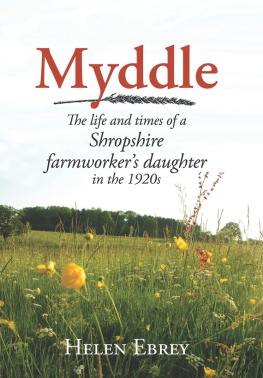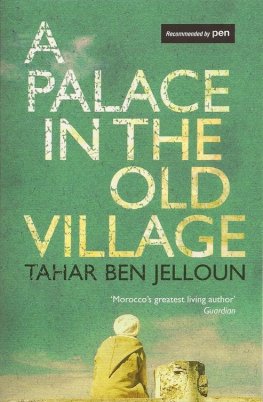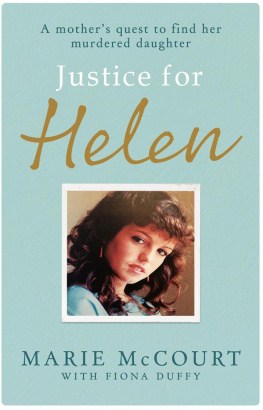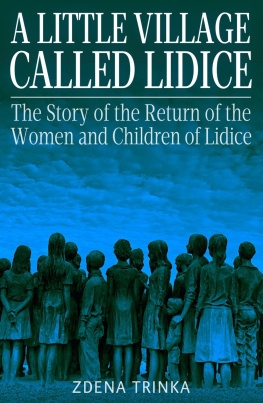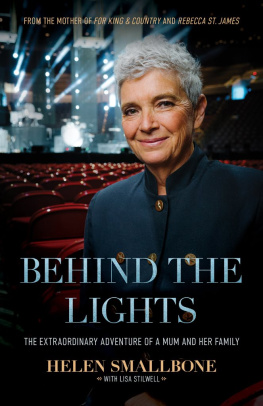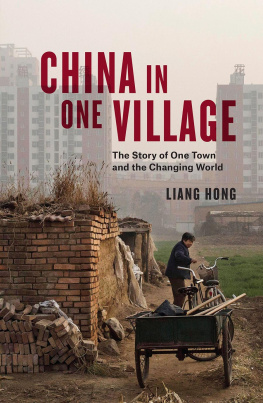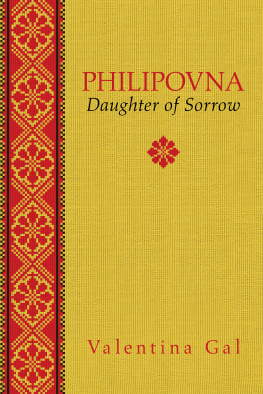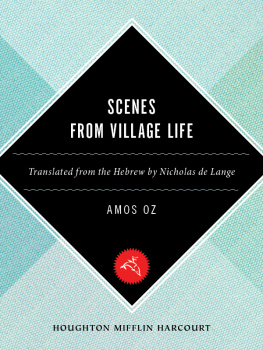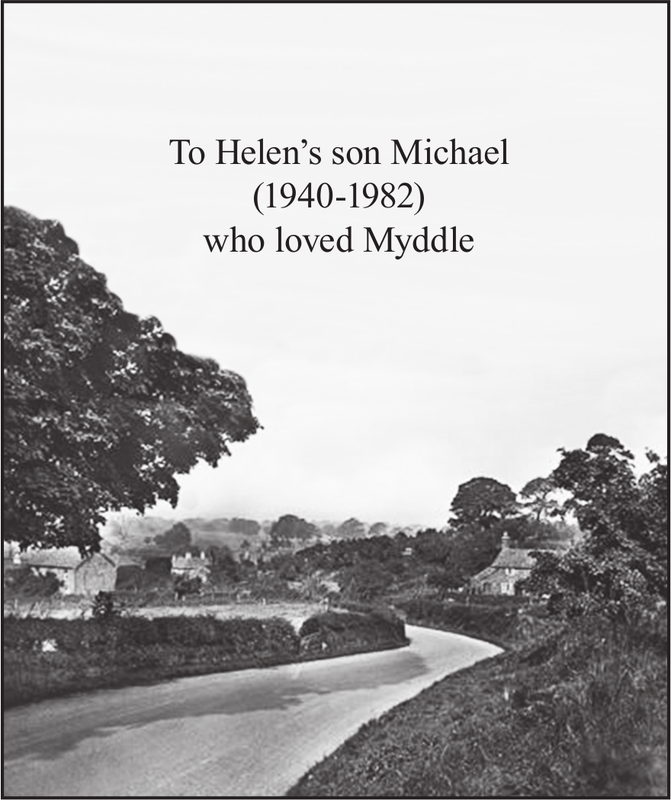Around 300 years before Helen related her own childhood story, Myddle resident Richard Gough wrote a remarkable, detailed account of the lives of people living in that same village at that time.
Many towns and villages throughout England are well represented in terms of our knowledge of the gentry and the most important families. But Gough put Myddle in a rare position. We not only know who occupied the Castle and the various Halls in the area, but also who did what and to whom (in incredible detail) among the local population.
But it is only from Helen that we learn that receiving such bread at Myddle Church (sometimes less fresh than it should have been!) remained an essential part of the sustenance of poore people such as her own family, well into the 1900s.
Children at Myddle School (such as Helen) probably learned that Richard Gough had been a pupil there but not necessarily that he wrote what was to become a key work in the study of English local history, as seen from the viewpoint of ordinary folk.
If Helen Ebrey had set out to leave us a 20th-century updating of Goughs groundbreaking work, then Myddle might be that book.
Helen Ebrey, my mother, was known locally as Nell. She spent her childhood in Myddle, Shropshire. She was born in 1911, shortly before the Great War. This is Helens story.
My parents were poor, living in a tied farm cottage near Balderton Hall, where Father worked as a labourer. The Hall was a magnificent Elizabethan farmhouse situated on the north side of the road from Yorton to Myddle. At the period of my childhood, however, Father was more concerned where the next meal was coming from than the handsome group of buildings in which he found employment.
The cottages were in a terrace of three (we lived at No. 2) and the lane continued beyond them towards the scattered dwellings known as the hamlet of Houlston.
Father (William Henry Ebrey) was a Myddle man and Mother (Emily Davis Ebrey) came from Baschurch. Ebreys had lived in Myddle in 1758 when a Sara Ebry married Joe Davis at Myddle Church (St Peters). They may have originally come from Wem, where records are available of various spellings of Ebrey from 1685 onwards.
To return to my early life at Balderton Cottage: I was the second child in the family, Emily (Em) being one year older. We were close friends, she being my confidante and this companionship was vital when we commenced employment together and were forced to face horrors we could never have imagined. However, I race ahead. Many years of childhood intervened before this unhappy period.
When I was four [1915] we moved from my birthplace into the very heart of Myddle. Mother had wanted to move to be near the school, church, store, pump and family members, especially Fathers mother, our Granny Ebrey, who lived in the Gullet but I return to this ancient water channel/footpath later.
Our new home in the heart of the village was Rose Cottage and had previously been occupied by an Estate Bailiff. It sat on the road which continued through the pretty village on its way to Baschurch and Ruyton-XI-Towns (a river town on the River Perry, so-called because eleven townships comprise the parish).
We were proud that our village possessed a castle. Although visibly not a great deal remained, an interesting corner turret survived, with attractive, centuries-old sandstone masonry. The castle ruins were located at Castle Farm.
Our Parish Church, St. Peters, was near Castle Farm, in the heart of the village. Much later, when Father retired, he became a church sexton and rang the bells for services from the ancient tower.
It was quite usual to see cattle on the hoof in those days. Cows were driven by shouting drovers on the occasions of the market at Shrewsbury Smithfield, the 8 miles or so along the lanes. Two working farms, Alford and Castle, occupied the village centre. Milking of cows, by hand, twice daily including Sundays brought employment to local women.
Our magnificent inn, the Red Lion, was built in the seventeenth century and thought originally to have been a barn belonging to Eagle Farm (now called Alford). The Inn dominated the village centre with its immense size. Much land was then appended to it (several fields in the village as well as at Myddlewood). The clubroom, over the inn stables, was the centre of business activities. Estate rents were collected here and the eventual sale of all estate property was undertaken here also. On days when the hunt met in the square in front of the inn, the sight was a colourful spectacle.
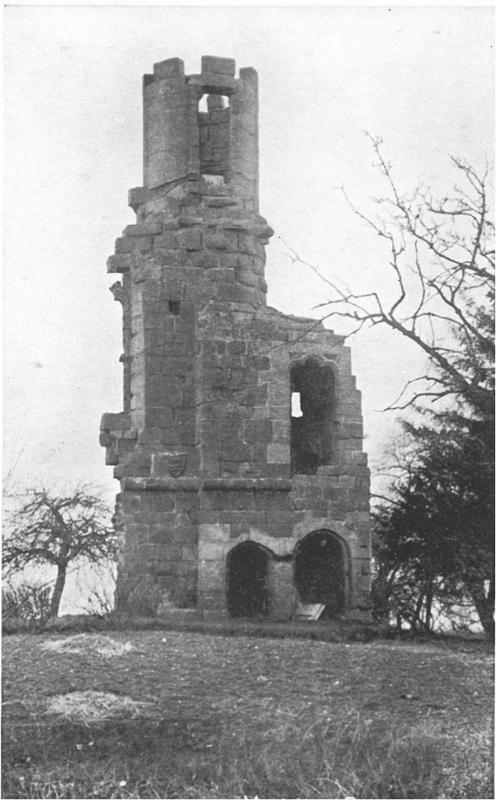
Myddle Castle as it stood in Helens younger years. In reality a fortified manor-house, dating from a time when Welsh incursions necessitated such structures. It fell into ruins in the 16th and 17th centuries, only this corner turret surviving to modern times. Not until the 1980s was anything done to prevent its further onslaught by wind and weather, by which time there was little left to save.
I attended the sandstone village school, which the Myddle author Richard Gough, born 1635, had also attended.
The cast-iron pump for drinking-water was in the school playground, near the road and within a low wall to keep schoolchildren away at breaks when villagers might be collecting their water.

